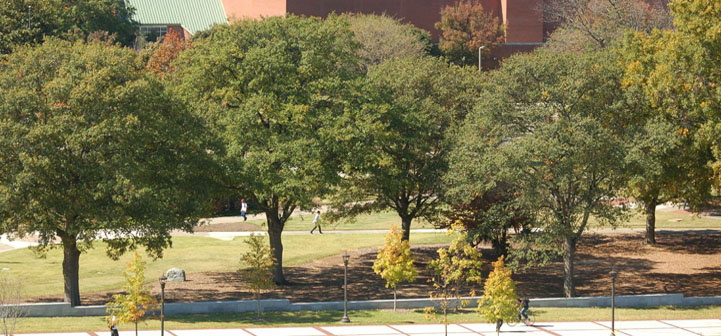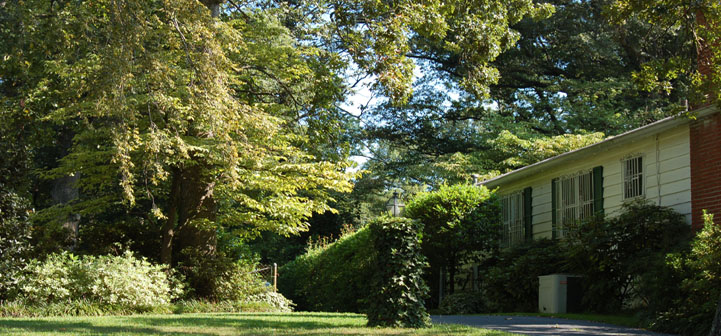Soil can be contaminated by masonry, wood, paper, asphalt, paint, fuel, cement, oil, salt, or other materials. Contamination may occur across an entire site, such as an industrial property, or in spots, such as concrete washouts and refueling areas. This …
How do trees and other vegetation affect urban mesoclimates and microclimates?
Vegetation affects urban mesoclimate and microclimate by intercepting solar radiation, directing air movement, and affecting air temperature. Microclimate, mesoclimate and macroclimate can be used to describe the climate of a given location. Macroclimate covers hundreds of square miles and parameters …
What Can I Do to Promote Energy Conservation with Trees in My Community?

The best ways to promote energy conservation with trees in your community are educating others about the benefits of urban trees, advocating for tree planting and protection, and taking action to increase local tree canopy cover.
Although most people can …
Urban Forests: The Benefits Outweigh the Costs

Trees are an important part of our communities, but tree planting, maintenance and protection require an investment of resources, including time and money. Are the benefits that trees afford our communities greater than their costs? The answer is yes. A …
